Modern aesthetic medicine has many effective methods for correcting the manifestations of premature aging. We can restore lost volume, fill in wrinkles, tighten soft tissues, improve skin quality and harmonize facial proportions. But the filling of fine superficial fine wrinkles and skin creases is problematic. A good natural correction result can be achieved with the PPS technique – papulo-papillary stretching. The practical experience of its application was shared with the readers of estet-portal.com by Lyudmila Bezpalko, a plastic surgeon, Ph.D.
Causes and features of fine wrinkles correctionAccording to Lyudmila Bezpalko, a plastic surgeon, candidate of medical sciences, member of UAPRAE, national trainer weakly expressed subcutaneous fatty tissue, which affects the trophism of the skin, depreciation and its density;
- underlying active mimic muscles with differently directed contraction vectors.
- All of the above features lead to early manifestations of aging with the formation of dynamic and static wrinkles, which are a significant aesthetic defect.
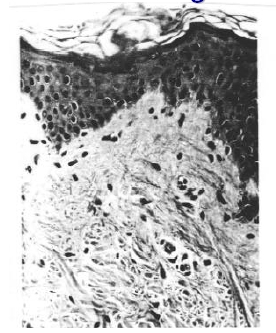
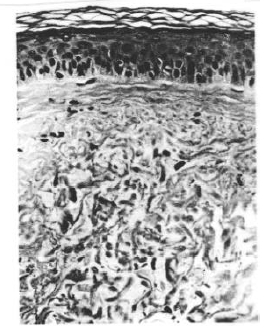
Accordingly, by trying to correct this area with mesotherapy preparations, we get a short-term effect of improving the quality of the skin.
Botulinum therapy also does not give long-term results, since in these areas we are forced to use low dosages of the toxin in order to avoid unforeseen diffusion. In addition, after blocking muscle activity, the skin often remains a hall, which indicates an already formed static wrinkle.
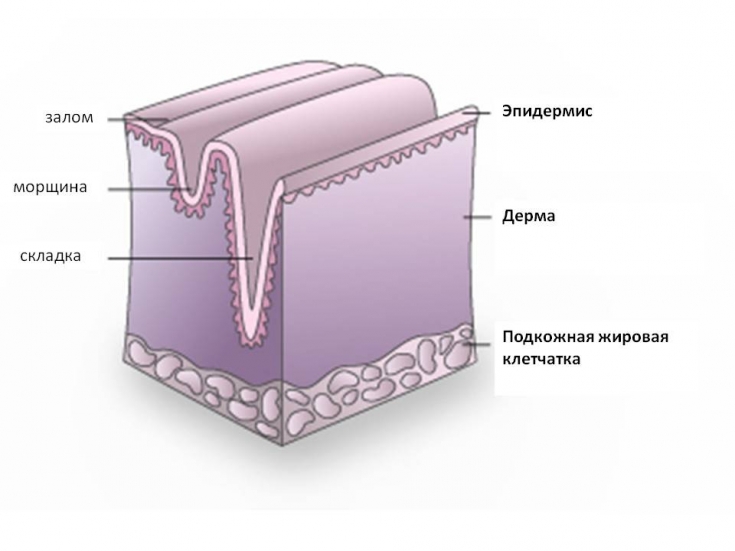
Correction with viscous fillers can fill in a wrinkle and smooth out the crease, but often leads to overcorrection or the Tyndall effect, which looks unnatural and unaesthetic.
Thus, for the delicate correction of superficial wrinkles in highly dynamic zones, there are special requirements for the filler:
high elasticity – reliable integration into the skin and compliance with the dynamic characteristics to achieve a natural effect in the areas of mimic activity;
- feature of cross-linking and cohesiveness – to prevent the Tyndall effect;
- special structure of the hyaluronic acid molecule – to achieve a long-lasting filling effect.
- The above requirements are met by the Teosyal RHA1 filler (Teoxane, Switzerland), which contains 15 mg/g of reticulated and non-reticulated hyaluronic acid, with a unique technique of preserved chain and natural covalent bonds in the molecule.
Practical experience in the correction of fine wrinkles in delicate areas
To achieve the most natural result of wrinkle correction of delicate dynamic zones, we offer the PPS technique – papulo-papillary stretching.
Description of the procedure techniquePreparation
: Thorough skin preparation with antiseptic and topical anesthesia.
Injection technique: injection is performed with a 30G needle intradermally (at the level of the papillary dermis). A microdose of filler is injected under the bottom of the wrinkle/crease to form a papule until the skin turns white. We inject such papules next to each other, thus stretching and filling the wrinkle along its entire length.
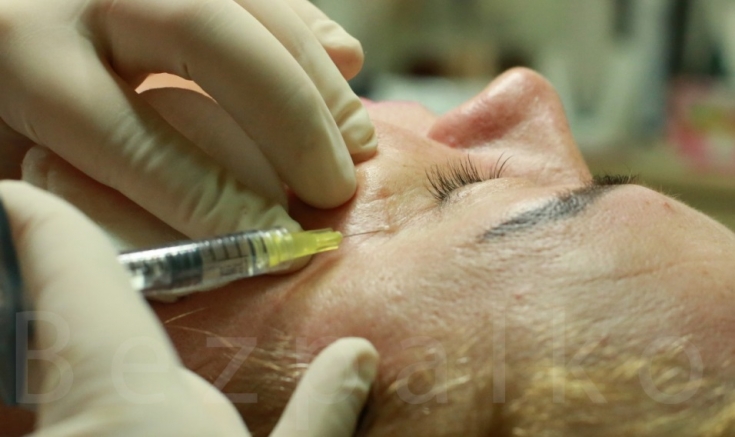
National trainer of
"Academy of Scientific Beauty" companyLyudmila Bezpalko is sure that the result of wrinkle filling and stretching is visible immediately after the procedure. But it takes 10-14 days to even out the skin crease, when the filler fully realizes its hydrophilic properties. By the same date, we should expect the effect of skin revitalization from the non-reticulated fraction of hyaluronic acid.
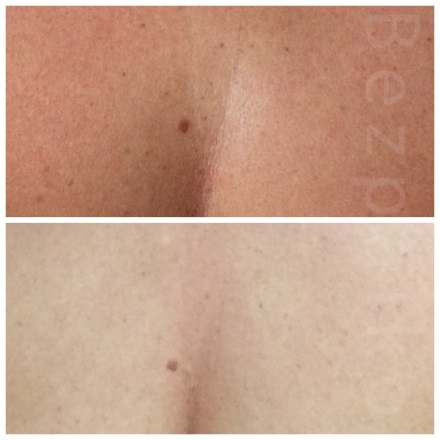
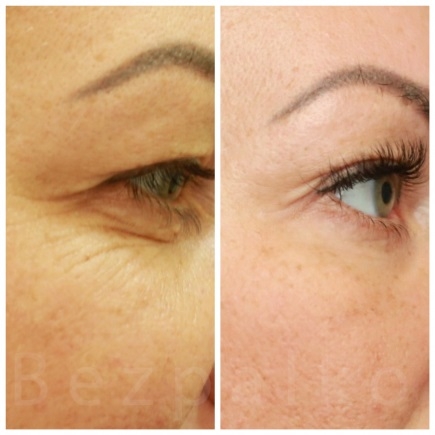
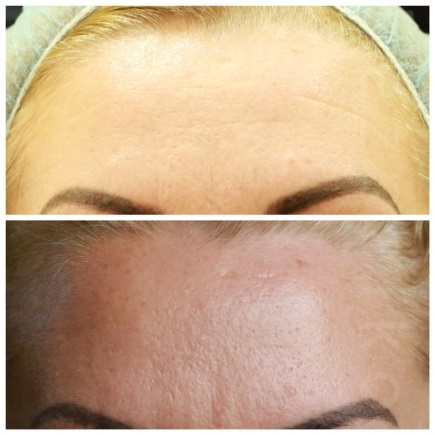
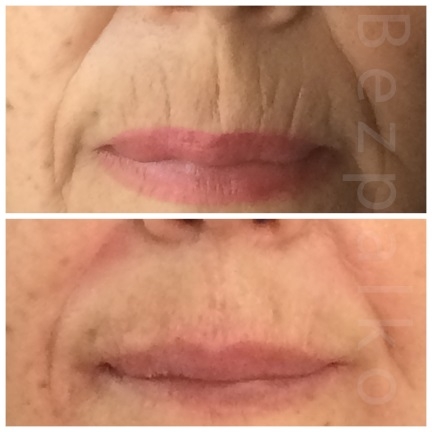
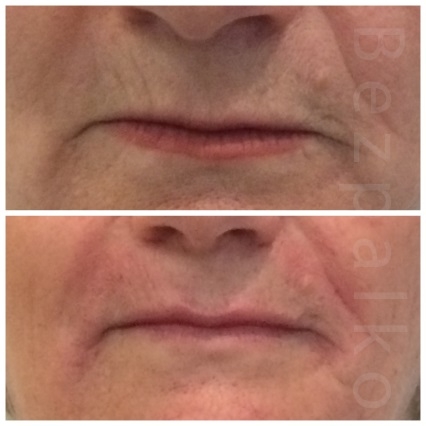
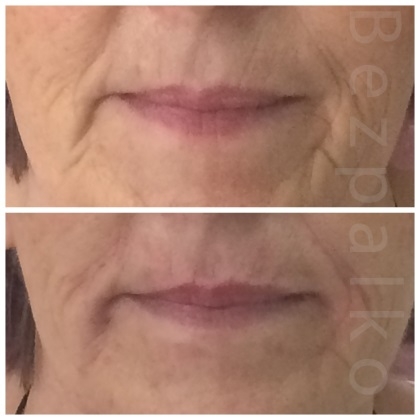
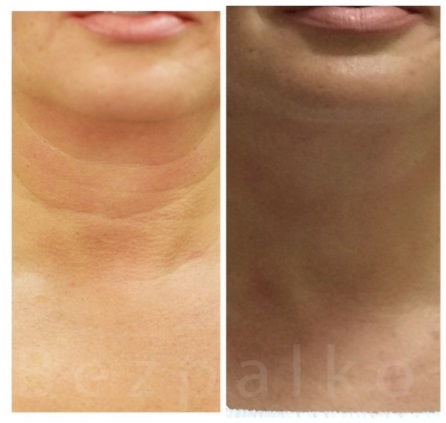
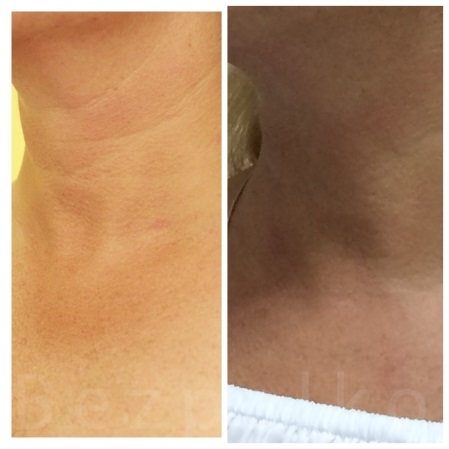
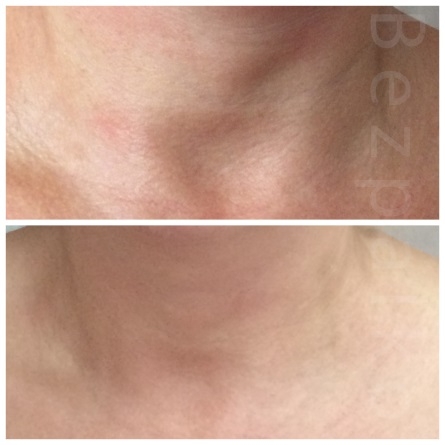
The advantage of the PPS technique is the ability to stretch the wrinkle at the level where it forms – intradermally, and the deposition of papules along the entire length of the wrinkle ensures its uniform filling.
An important factor is the choice of the drug – highly elastic filler Teosyal RHA1 (Teoxane, Switzerland), adapted for dynamic areas, provides a natural result without the risk of hypercorrection and the Tyndall effect.







Add a comment